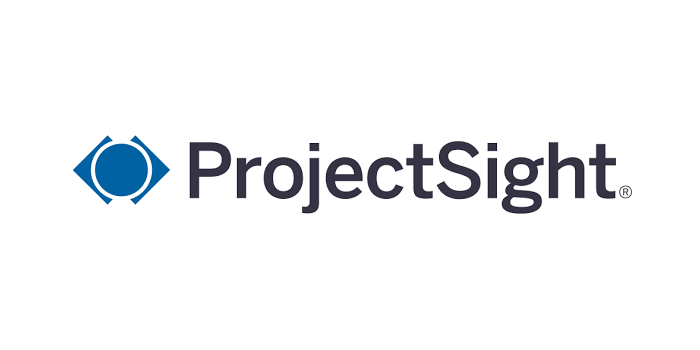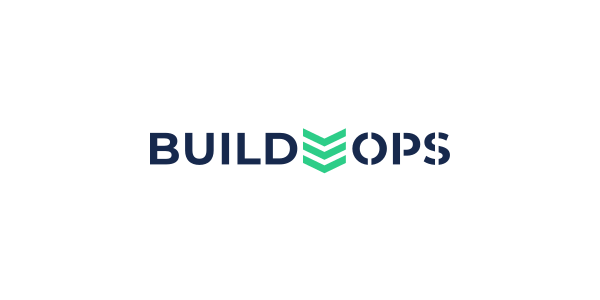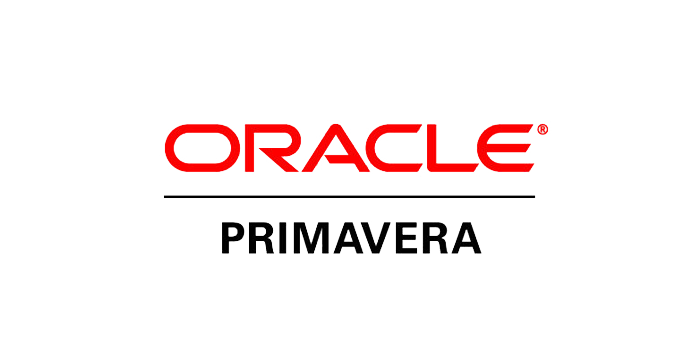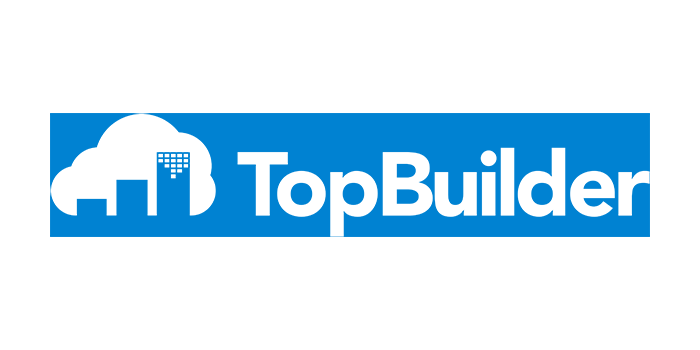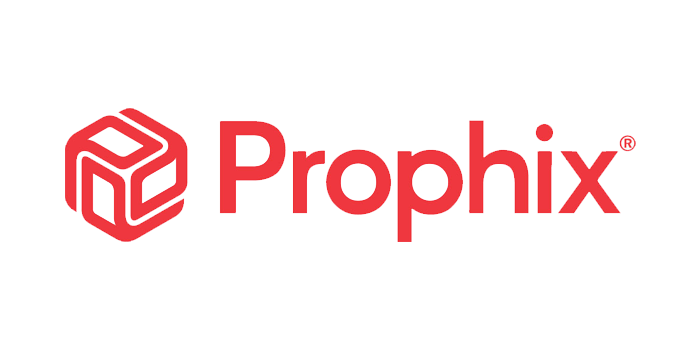Original Article on www.softwareadvice.com.
The construction industry has seen its share of ups and downs in the past decade, leading many firms to re-evaluate their competitive strategies in order to stay ahead in this volatile market. One increasingly critical aspect of a construction firm’s operations is its information technology (IT) ecosystem. This ecosystem includes the software used to conduct basic processes: bidding, estimating, takeoffs, accounting and overall project management.
With that in mind, Software Advice sought to better understand the challenges prospective construction software buyers face, and what they look for in a new system. This report highlights our findings.
Key Findings:
- Fifty-two percent of prospective buyers use pen and paper to conduct estimating, takeoff, bid management and other processes.
- One-third of prospective buyers say that improving the accuracy of estimates is their top reason for seeking new construction software.
- On average, prospective buyers are willing to spend $7,766 for the purchase of new construction software.
More Than Half of Buyers Currently Rely on Pen and Paper
Many prospective buyers in our sample currently use multiple methods to conduct day-to-day construction processes (as reflected in the chart below). More than half are using pen and paper—primarily to perform takeoffs, write up bids and conduct estimates. While this is the traditional method of choice for many contractors, it’s also incredibly time-consuming.
Prospective Buyers’ Current Methods

“I’m probably putting in three to four 10-hour days [every time I have] to do estimates for a small batch of projects,” says a project manager for a construction renovation company in Tennessee.
For smaller projects, performing a takeoff or estimate with pen and paper is a method that is often practically instinctual for many experienced contractors. But when contractors begin to take on bigger jobs (and more of them), manual methods quickly become inefficient.
The perceived learning curve for specialized construction software can also be a barrier for many prospective buyers, especially those who are less tech-savvy. While the learning curve for most estimating, bid management and project management software is generally not much higher than that for standard office productivity software, it still forces new users to fundamentally change their day-to-day processes.
However, it’s important for prospective buyers to recognize that adopting specialized construction software is quickly becoming a necessity, rather than a choice.
A recent article by the Associated Press notes that workers in the construction industry “are expected to be more technologically savvy than they were a decade ago, as construction has gotten more computerized.”
Indeed, “there is a stronger demand for technological skills” today, says Ken Simonson, chief economist at Associated General Contractors of America, in an interview with the AP.
Improving Estimates and Bids Are Top Reasons for Seeking Software
Conducting estimates and bids is a fine line for contractors. Overprice a bid, and they’ll likely lose out to the competition; lowball a bid, and the contractors could find themselves working, effectively, to lose money. As such, it makes sense that improving the accuracy of estimates and the quality of bids are the primary reasons buyers in our sample seek new software.
Top Reasons for Evaluating New Software

Twenty-one percent of prospective buyers in our sample are currently using some form of construction software (depicted in the chart in the previous section), and it appears that many of these buyers are dissatisfied with their system. Indeed, 39 percent of current construction software users say their current system lacks critical features (17 percent of the overall sample).
And given that many of the buyers in our sample are using multiple methods to conduct daily processes, it follows that the need to improve organization is another primary driver for seeking software (cited by 20 percent).
Nearly Half of Buyers Seek Extensive Materials-List Functionality
As construction firms are dependent on the supply of physical materials in order to perform work, one common problem firms encounter is wildly fluctuating materials costs—which is a chief cause of inaccurate estimates and bids. Given this, it’s unsurprising that nearly half of all buyers (47 percent) specify the need for software that offers constantly updated materials lists.
With a system that offers consistently updated materials lists, users are able to get accurate estimates for the price of materials based on the takeoff. This update occurs in two ways:
- The software automatically pings a firm’s suppliers for up-to-date price quotes when a takeoff is compiled; or,
- The software retrieves pricing information from a cost database maintained by the software provider or a third party.
It also makes sense that job costing is a top-requested functionality; cited by 40 percent of buyers. As noted above, nearly one-fifth of prospective buyers are currently using QuickBooks. While QuickBooks is the standard-bearer for small-business accounting, it typically doesn’t scale well with growing construction firms as they take on more larger and complex projects.
Larger projects inevitably cause accounting headaches due to the number of third-party subcontractors involved and the greater volume of financial data that needs to integrate with a firm’s payroll and estimating systems.
Takeoff is also commonly requested among the prospective buyers in our sample, and is critical for any construction business seeking to modernize. Not only does takeoff functionality cut down significantly on the time it takes to draw up a plan, but it also provides more accurate estimates. In short, it allows users to produce more accurate bids—and a greater number of them—than they could produce using manual methods.
Slim IT Budgets Abound in Construction Industry
According to our data, prospective buyers in our sample have relatively small budgets: they dedicate anywhere from 0.01 to 0.64 percent of their annual revenue to the deployment of new construction software.
More strikingly, we find that the larger a firm is, the less it is willing to allocate spending—in terms of total percentage of revenue—toward software purchases. Across all business sizes, the average budget for new software is $7,766 for prospective buyers in our sample.
A 2014 report published by JBKnowledge, Inc. notes that, among IT professionals in the construction industry with knowledge of their firms’ budgets, 71 percent say they allocate less than 1 percent of corporate revenue for IT (which includes expenses beyond software, such as salaries and other overhead costs). This stands in contrast to other industries, where IT budgets typically average around 3 percent of revenue, according to Gartner.

This is likely due to the fact that profit margins in the construction industry are slim: The same report by JBKnowledge notes that most firms operate with 1 to 2 percent margins. For those in the construction industry, there must be a clear return on investment (ROI) from the purchase of new software—and uncertainty about ROI is likely the root of many of these smaller budgets.
Prospective Buyers’ Software Budget by Annual Revenue

Prospective Buyer Size by Annual Revenue

As Bryce Teel, project engineer at Virginia-based TEEL Construction, explains: "The hesitation in making an adequate investment in a new software [system] is due to the monetary cost, uncertainty of success once it’s implemented, the time commitment in implementing it and the training required for your staff."
While comprehensive construction software suites for midsize to larger firms can easily cost upwards of $25,000, their return on investment can be relatively easy to ascertain. Because so much of the cost-savings results from a reduction in data entry or other tasks performed manually, it’s simply a matter of calculating the man-hours saved.
For example, if the software reduces the time a contractor spends on creating bids by even just five hours a week, this could result in cost-savings of as much as $5,200 a year, based on a conservative salary estimate of $20 an hour. The time saved can then be used to pursue more bids, and thus, expand the firm’s revenue growth potential.
For smaller firms, there is a wide variety of affordable, cloud- and subscription-based software systems available. Vendors that target these smaller firms often offer trial versions, demos or monthly subscriptions with no contract obligations. As such, it should be even easier for smaller firms to determine whether a product will yield the ROI they desire.
Though software implementation in larger firms can range from a few months to over a year, (depending on the complexity of the product), this time frame will likely be much shorter for smaller firms with less data to transfer. And in the highly competitive construction software market, there are few—if any—vendors who do not offer support and/or training services for new and current users.
Given all this, prospective buyers would be well advised to overcome their hesitations. Teel notes that implementing specialized construction software is critical for remaining competitive in a tough industry.
“There are a dwindling few in the industry that go by the ‘old fashioned’ way [of using pen and paper], but they are slowly being pushed out due to market forces,” he explains.
Indeed, the construction market is consolidating—and becoming more competitive. According to the most recent U.S. Census data, there were 799,811 construction firms in the U.S. in 2007. In 2012 (after the blow of the Great Recession), there were 640,941 construction firms: a 20 percent decrease.
Conclusions
Based on the results of our research, prospective construction software buyers should consider the following when evaluating new solutions:
Scalability. Buyers should consider how well a system will accommodate their company’s future growth in terms of the number of users that will need to be on the system and what kind of projects the company is taking on.
Project flexibility. Construction firms that handle different types of projects should ensure that the software can accommodate all of them. This is especially critical if the firm is forced to change the types of projects it works on due to market conditions.
Vendor viability. Larger software vendors routinely acquire smaller vendors. In some instances, support and updates for the smaller vendors’ software is discontinued.
“For small to midsize construction companies—at least in the commercial sector—a large investment in a good software is very important to fuel continued growth,” says Teel, whose company uses a leading enterprise software suite for construction firms. He explains that, although this software is expensive, “it is unparalleled in its capabilities. It helps streamline all of our processes in every aspect of project management.”
There are more affordable and scalable construction software solutions than ever before, and in this competitive market, many vendors target specific niches in the industry. The expansion of cloud-based software providers in the industry has also helped lower costs, as no specialized hardware is required, and many vendors offer cloud-based software on a subscription basis.
While it may be difficult for some in the construction industry to relinquish their traditional methods and adapt their processes, the ROI from implementing new construction software should be clear.
Demographics
Of the prospective buyers in the sample, the most common type of buyers are small to midsize general contracting firms. Two-thirds of all prospective buyers represent firms with less than $5 million in annual revenue.


